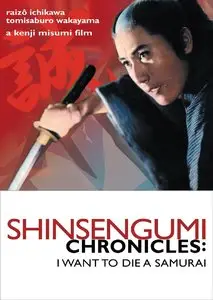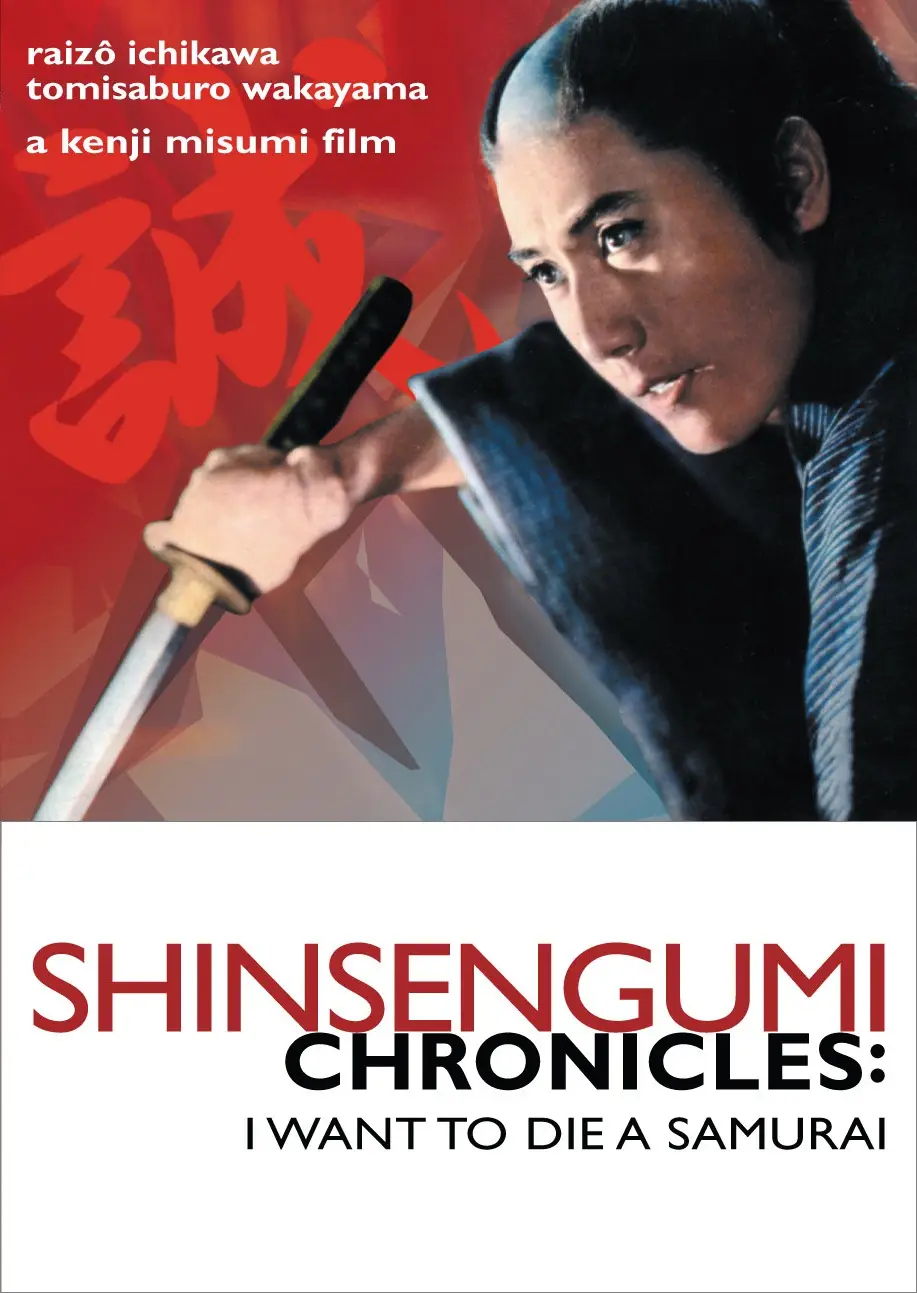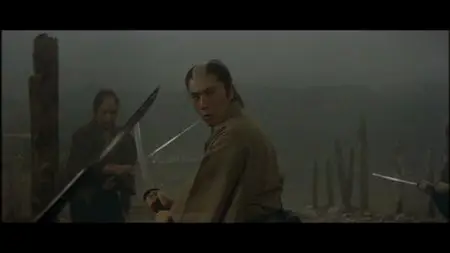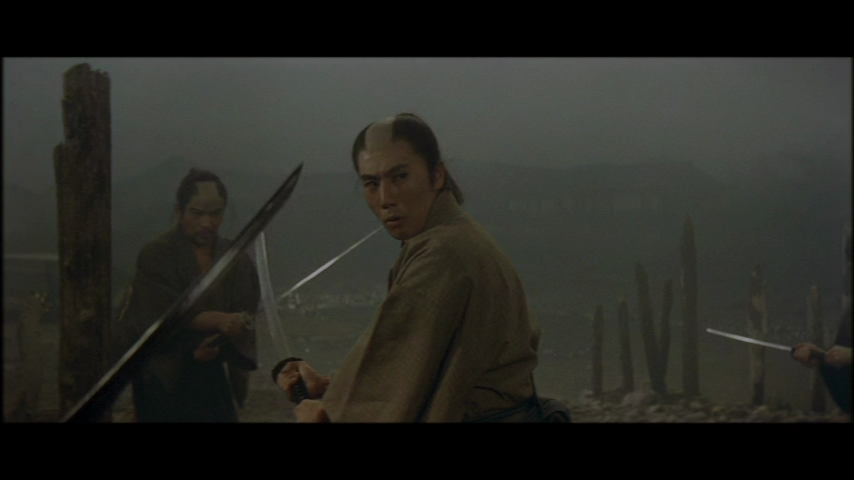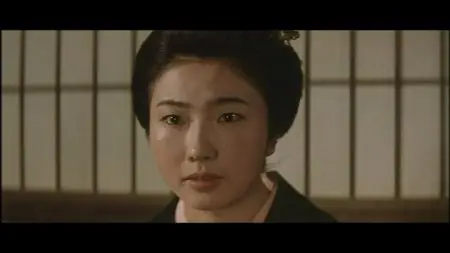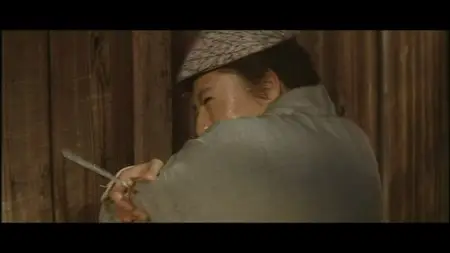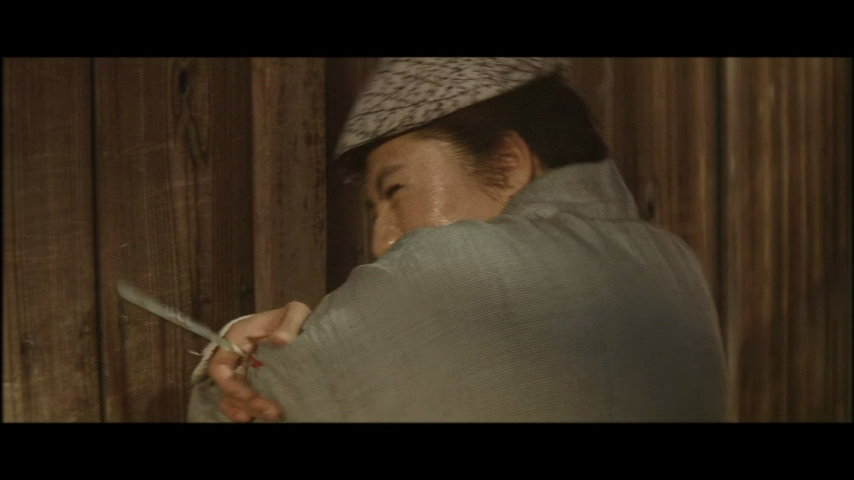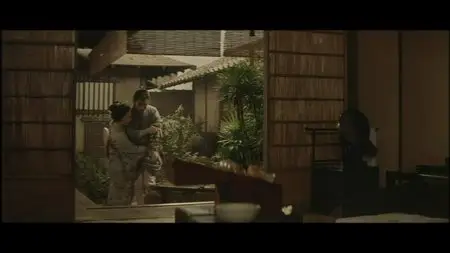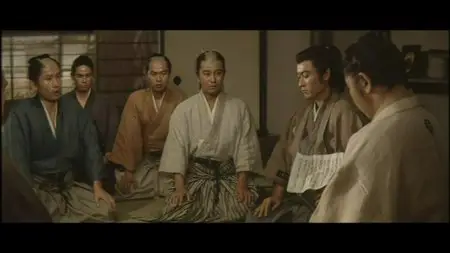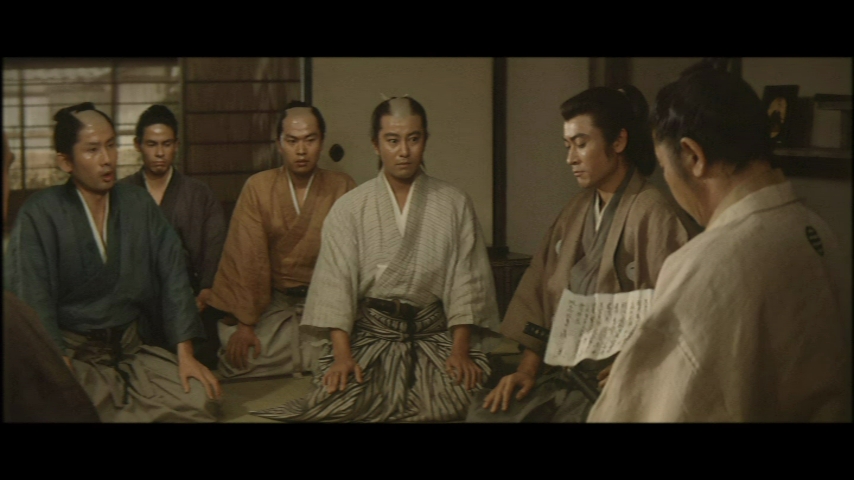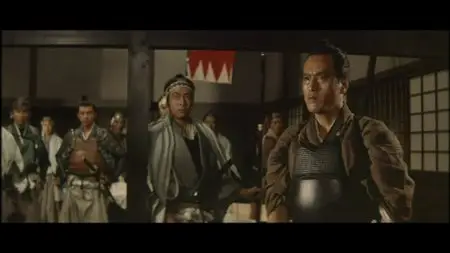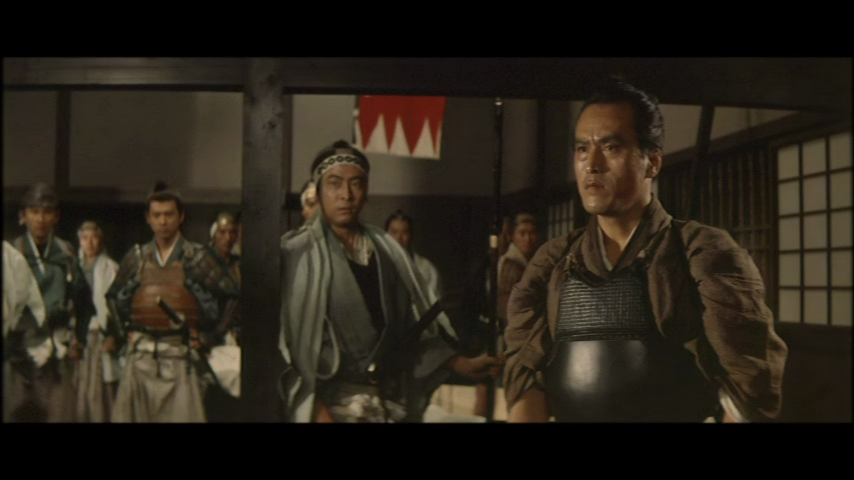Shinsengumi Chronicles (1963)
A Film by Kenji Misumi
DVD9 | VIDEO_TS | NTSC 16:9 (720x480) | 01:33:01 | 5,53 Gb
Audio: Japanese AC3 2.0 @ 192 Kbps | Subs: English
Genre: Drama, War
A Film by Kenji Misumi
DVD9 | VIDEO_TS | NTSC 16:9 (720x480) | 01:33:01 | 5,53 Gb
Audio: Japanese AC3 2.0 @ 192 Kbps | Subs: English
Genre: Drama, War
This action-packed epic stars Ichikawa Raizo as a honest man who joins the Shinsengumi out of admiration for its leader, Isami KONDO (Tomisaburo Wakayama), and because he wants to die as a samurai. But as his involvement grows, reality and idealism come into deadly conflict.
IMDB
The tale of the Shinsengumi and the decline of the Tokugawa Shogunate is a much beloved and often told tale. Besides the Toshiro Mifune film "Shinsengumi" made in 1970, their chronicles have been told in "Sword of Doom", "Gohatto", "When the Last Sword is Drawn", numerous television dramas, as well as theatrical productions, manga and anime. "Shinsengumi Chronicles: I Want to Die a Samurai" was one of the original cinematic productions of the tale, and widely regarded as one of the most accurate.
After Japan opened itself to the West in the mid 1800’s, a divide began to spread throughout the country. There were those loyal to the emperor, imperialists who wanted to expel the foreigners and return the country to the days before the Tokugawa Shogunate assumed power. Opposing them were the Shogunate sympathizers, who wanted to retain the rule of the Tokugawa Shogunate, and accepted the influx of Western commerce and trade, although with varying degrees. The Shinsengumi evolved out of a cabal of ronin called the Roshigumi, who were sworn to protect the 14th Shogun, Tokugawa Iemochi on his way to Kyoto. Soon Kyoto became a hot bed of action, as the Imperialists performed assassinations on the cities Tokugawa affiliates, and the Shinsengumi were deemed with the task of policing Kyoto, counteracting the Imperialists and those who sought to undermine the Shogunate.
"Shinsengumi Chronicles" takes place at the birth of the group. As the tale begins, Serizawa Kamo, the commander of the Shinsengumi, spends his time drinking and doing very little besides spending time with Geisha. The citizens of Kyoto refer to the Shinsengumi as the Wolves of Mibu, Mibu being the district of Kyoto they reside in, as they did little more than cause trouble. Enter Susumu Yamazaki (the great Raizo Ichikawa), a ronin from the countryside who dreams of finding a cause to believe in. After having a roadside encounter with a Tokugawa affiliated samurai at the end of his life, who instead of asking for noble death by the sword pleads that he only wants to live, Yamazaki quickly running him through so that he may die a noble death, Yamazaki leaves his lady (Shiho Fujimura, Ishikawa’s regular leading woman) and travels to Kyoto, seeking for the truth he so needs. There he meets Shinsengumi’s second in command Isami Kondo (Tomisaburo Wakayama, credited as his earlier name Kenzaburo Jo), a stoic farmer turned swordsman, who inspires Yamazaki to join the Shinsengumi. Unfortunately, as the Shinsengumi begins to unravel what would soon become known as the Ikedaya affair, Yamazaki struggles with his beliefs of how a samurai should act, which openly contradict the way the Shinsengumi do business.
This film is right on so many levels. The acting, on all accounts, is fantastic. Ichikawa and Wakayama are fabulous as always, Ichikawa morally conflicted and brooding, and Wakayama stoic and unwavering, even in the face of death. But add to the mix Toshizo Hijikata, Kondo’s right hand man, a merchant with a penchant for swordsmanship, and you have three men, none born a samurai, all struggling to live by the code and die by the code. But besides the stupendous acting, the terrific script by Seiji Hoshikawa (who adapted the script from Kan Shimosawa’s novel, something he would do several times over when adapting another one of Shimosawa’s creations, Zatoichi), which is filled with plenty of political intrigue, moral struggle and a climax of wonderful proportions, the film succeeds so well because of the combination of director Kenji Misumi’s blocking and staging and cinematographer Shozo Honda’s bold and dynamic compositions.
This film looks fantastic, every inch of the wide frame filled with a plethora of visual information. And when the film climaxes in a massive sword fight between the Shinsengumi and a group of imperialists, they spare no expense in creating a visually dynamic and mind-blowing experience. The way the action shifts, not just through sheer montage, but through the movement of the camera from one martial engagement to another, creating an assault of moving images filled with swords and blood that manage to come together in a seamless and completely cohesive manner is amazing. That final battle is an outstanding reason why Kenji Misumi was one of the great Chanbara directors. Not just in the visual style he created, but also how that style has influenced swordplay films around the world. Chinese Wuxia swordplay films of the 1970’s, primarily those by the Shaw Brothers, use the exact same technique, which is not surprising since they brought over Japanese camera men to shoot their films.
Do yourself a favour and watch this classic. Please.
Special Features: Trailers
Many Thanks to Original uploader.
If you want to download it, but found out that links are dead,
just leave a comment or PM me!
just leave a comment or PM me!
No More Mirrors.


